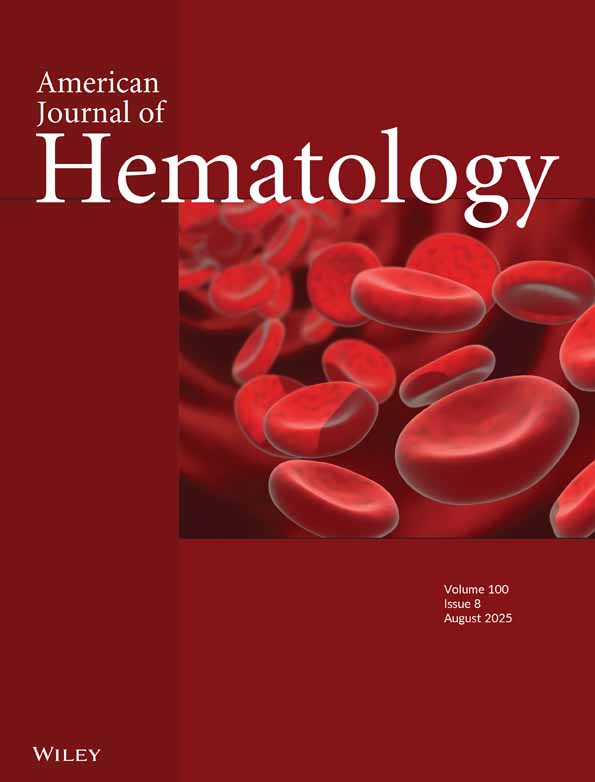Severe iron overload in Blackfan-Diamond anemia: A case-control study†
The authors have no conflict of interest as the grants were purely study grants from a bank and local authorities (The Italian University Ministry and the Piedmont Regional Council).
Abstract
Chronic iron overload is a serious complication in transfusion-dependent patients. Few studies have addressed this issue in Diamond-Blackfan anemia (DBA). We describe a retrospective analysis of iron overload, and its related complications in 31 transfusion-dependent Italian DBA patients whose records included one or more evaluation of liver iron concentration (LIC) by means of noninvasive magnetic liver susceptometry with a superconductive quantum interference device (SQUID). This cohort is also matched with a group of transfusion-dependent β-thalassemia major patients to look for differences. A severe iron overload was observed in 54% patients, especially among those inadequately chelated. The DBA patients displayed a significantly higher LIC than the regularly chelated β-thalassemics. This difference may have been attributable to nonoptimal chelation (late onset, type, dose, prescription, and compliance), or an unknown biological mechanism that lead to an early severe iron overload. We therefore suggest that all transfusion patients should have an accurate record of their iron intake, a regular monitoring of iron overload, in order to start chelation when a critical transfusion load is reached, and to test the efficacy/compliance of chelation treatment. Physicians taking care of transfusion-dependent DBA patients must be concerned about the frequent and early complications such as cardiac toxicity. Am. J. Hematol., 2009. © 2009 Wiley-Liss, Inc.




